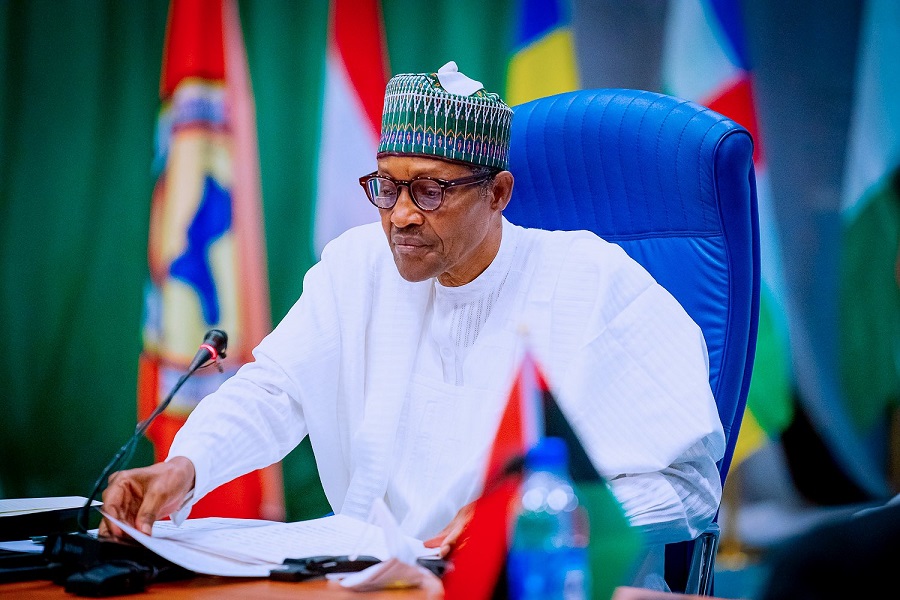Nigeria’s GDP numbers for the third quarter of 2022 indicate that the largest economy in Africa continues to experience stagflation coupled with a high unemployment rate.
The National Bureau of Statistics (NBS) reported last week that Nigeria’s real GDP grew at a slower pace of 2.25% in Q3 2022 compared to the 3.4% printed in the previous quarter and the 4.03% growth recorded in the corresponding period of 2021.
While the economy continues to grow at a tepid rate, the rising inflationary pressure has also remained unabated, translating to stagflation. The headline inflation in Nigeria averaged 20.31% in the third quarter of the year from 17.71% and 17.01% in Q2 2022 and Q3 2021 respectively.
What is stagflation? Stagflation, otherwise known as recession-inflation, just as the name suggests, refers to a period when slow economic growth coincides with a high inflation rate and high unemployment.
Nigeria’s real GDP growth has averaged 1.58% since Q1 2019 to date, recording a high of 5.01% in Q2 2021 only as a result of the base period effect from the 6.1% contraction recorded in the corresponding period of 2020.
- The NBS reported earlier in the month that the inflation rate hit a 17-year high of 21.09%, further weakening the purchasing power of Nigerians and forcing them to pay more for less.
- The high level of inflation has pushed millions of Nigerians below the poverty line. According to the NBS, about 133 million Nigerians are multi-dimensionally poor, representing about 63% of the population.
- Nairametrics reported earlier that Nigerians spent a monthly average of N9.51 trillion in living expenses, an increase of 14.4% year-on-year. This represents increased spending by average Nigerians due to the rising cost of goods and services.
- Meanwhile, the unemployment rate as of Q4 2020 stood at 33.3%, with over 23 million Nigerian estimated to be without a job. The number could have risen since, considering the plethora of layoffs ravaging the tech industry in recent times.
Why the slow growth: According to the NBS, the slow growth is due to the base effects of the recession in 2020 and the challenging economic conditions impeding productive activities.
Surging energy costs has also affected the operations of many industries in the country, as many organizations have had to reduce working hours to cope.
In context, data from the Central Bank of Nigeria showed that Nigeria’s Composite Purchasing Managers’ Index (PMI), which indicates the level of productive activities in the economy, fell below the 50 points threshold at 47.2 index points in August 2022, compared to 50.4 and 51.9 index points recorded in July and June 2022.
Furthermore, the contraction was due to a decline in production levels, new orders, inventory levels, employment levels and persisting shocks from the global economy associated with the Russia-Ukraine war and the unabating Pandemic.
Countries often desire some level of inflation, albeit very low, as it also contributes to economic expansion. However, it becomes a problem the numbers grow rapidly and do not translate into a significant economic expansion.
Recent policy actions: The Central Bank has, however, adjusted the monetary policy rate multiple times this year to tame the rising inflation rate. Nigeria’s inflation rate has soared unabated amid depreciating currency, food supply shortages, and persistent energy crises.
The apex bank, through its monetary oversight, has increased the MPR by a cumulative 500 basis points between May and November 2022. Specifically, the MPR was increased to 16.5%, while the cash reserve requirement (CRR) was also increased to a minimum of 32.5%.
Also, the central bank introduced new naira notes for the N200, N500, and N1000 denominations, with a deadline of January 31st, 2023 for all Nigerians to deposit their old currency notes.
The Governor of CBN, Godwin Emefiele, noted that the volume of N500 and N1000 in circulation will be reduced in the long run.
How stagflation affects the economy: The state of stagflation in an economy could have adverse effects on the people and businesses operating in the country, as the cost of operations will surge while revenue remains relatively fixed. Some of the possible consequences of stagflation include but are not limited to the following:
- Loss of jobs
- More people fall into poverty
- High unemployment rate as a result of layoffs
- Lower wages
- Discourage foreign investments
- Further mass exodus/JAPA
How the government could tackle this: Considering that the factors contributing to the state of stagflation in the country can be attributed to both monetary and fiscal policies, it may require the joint effort of the CBN and the federal government to intervene and improve the state of the economy.
- Deregulation/subsidy removal: Removing the subsidy on the consumption of petrol in the country could be positive in presenting the industry as a viable destination for foreign investors, which would improve create more jobs and increase economic activities in the sector.
- Tackle infrastructural deficit: Lack of good roads, and health facilities, amongst other facilities are factors impeding the growth of the economy. If the government invests more in capital projects, this would reflect on the performance of the economy as well as remove the bottlenecks affecting the prices of goods and services.
- Fighting inflation using monetary tools: The CBN has been adjusting the monetary tools to fight inflation.
